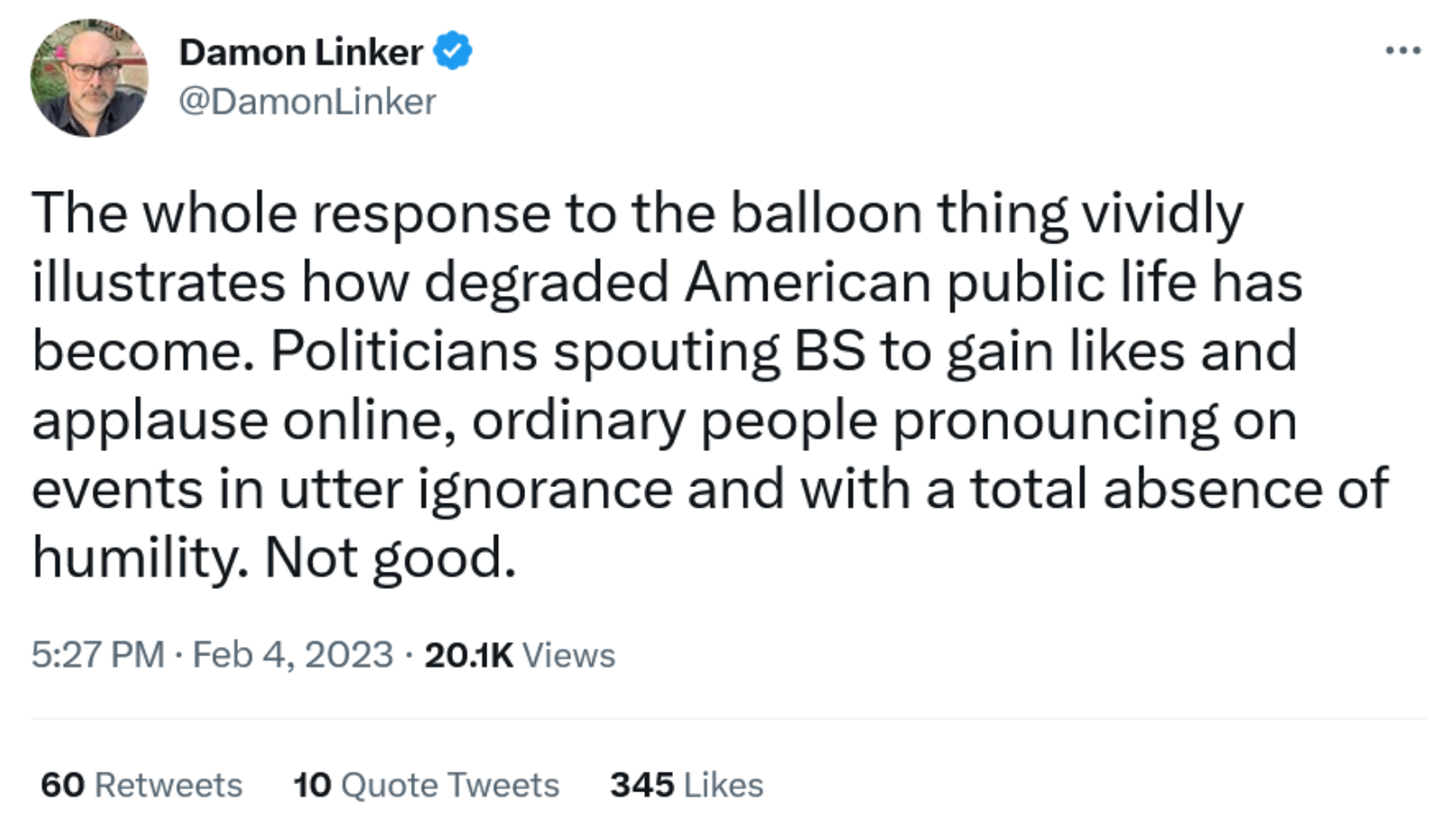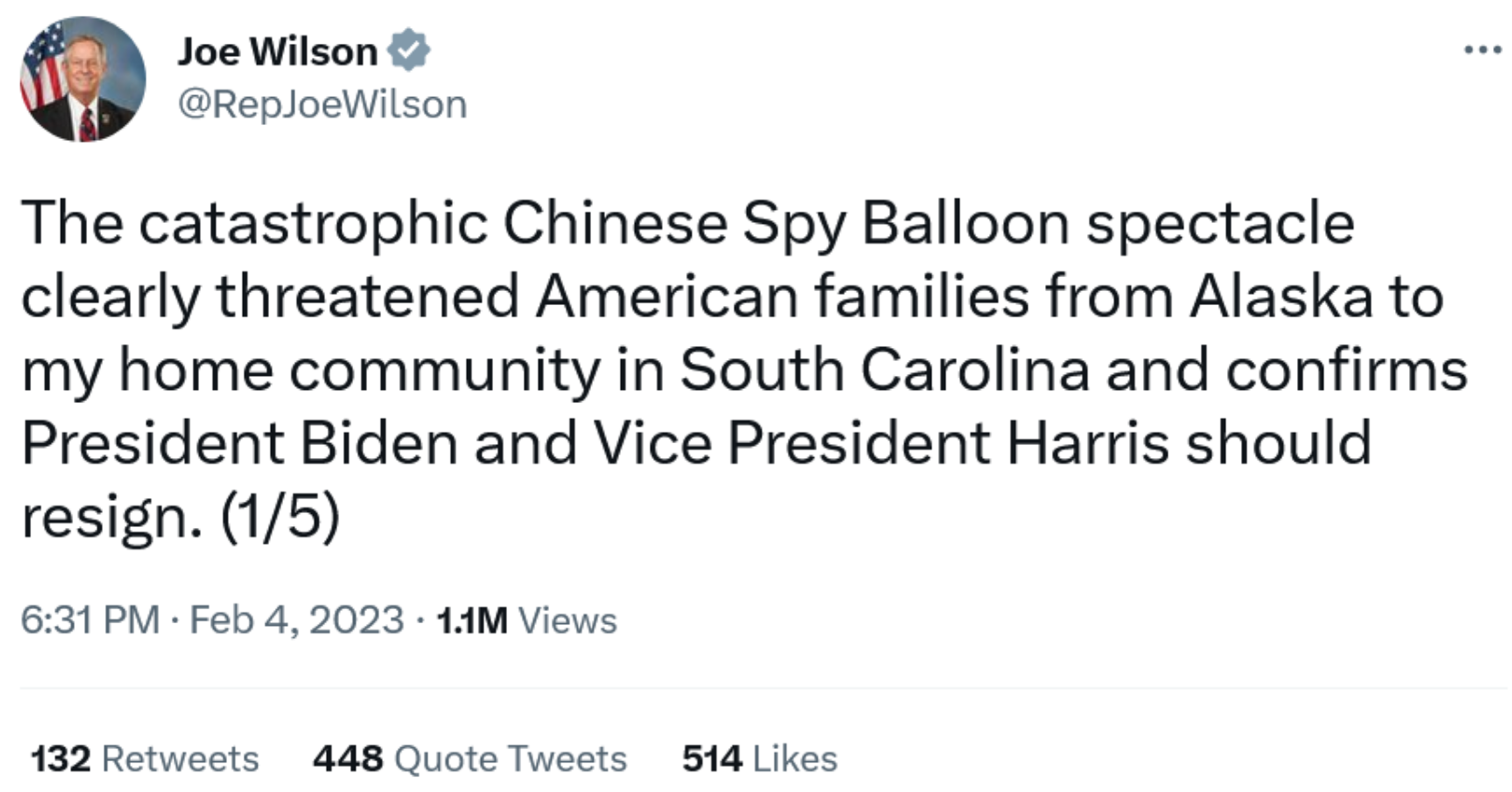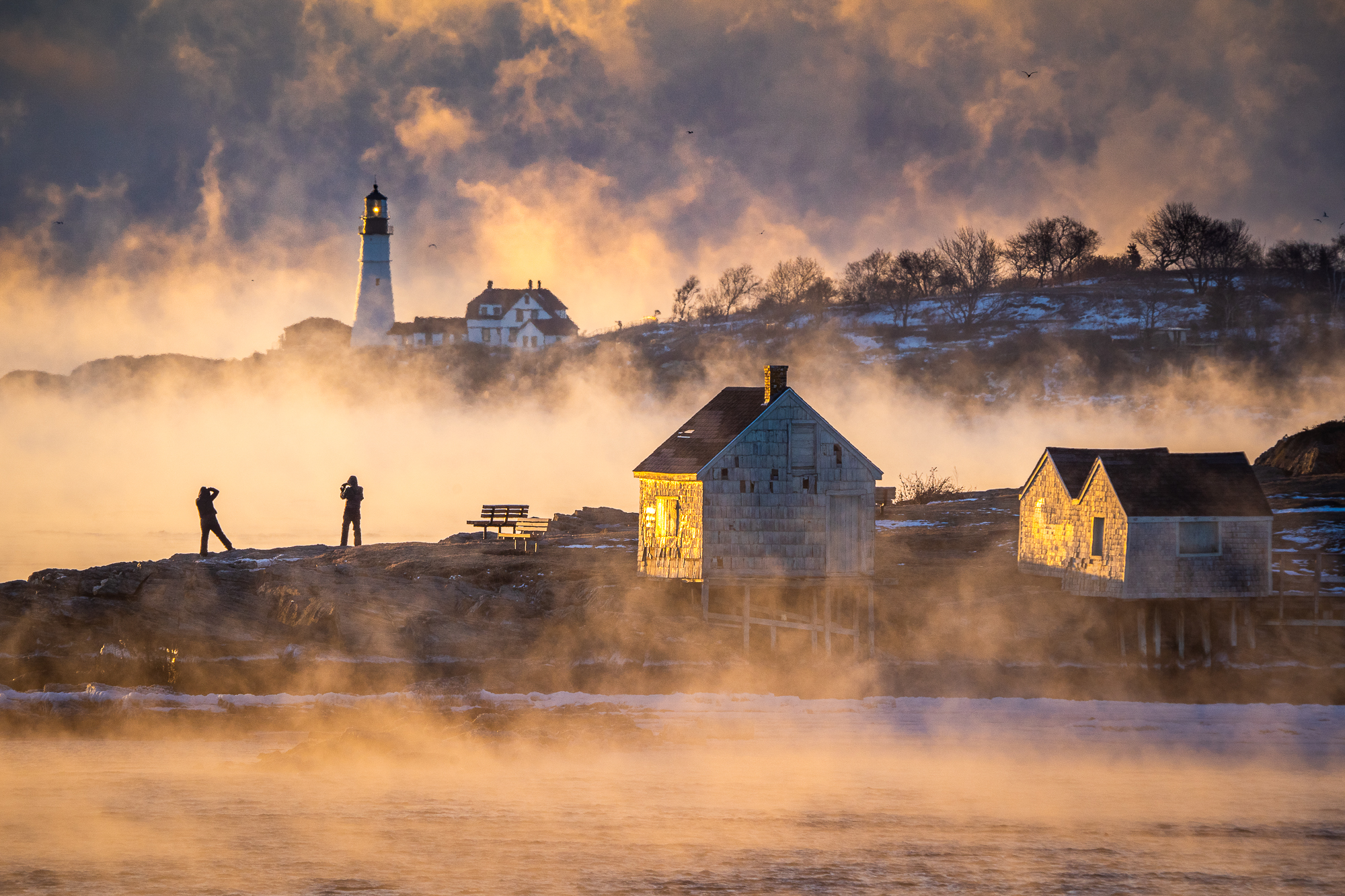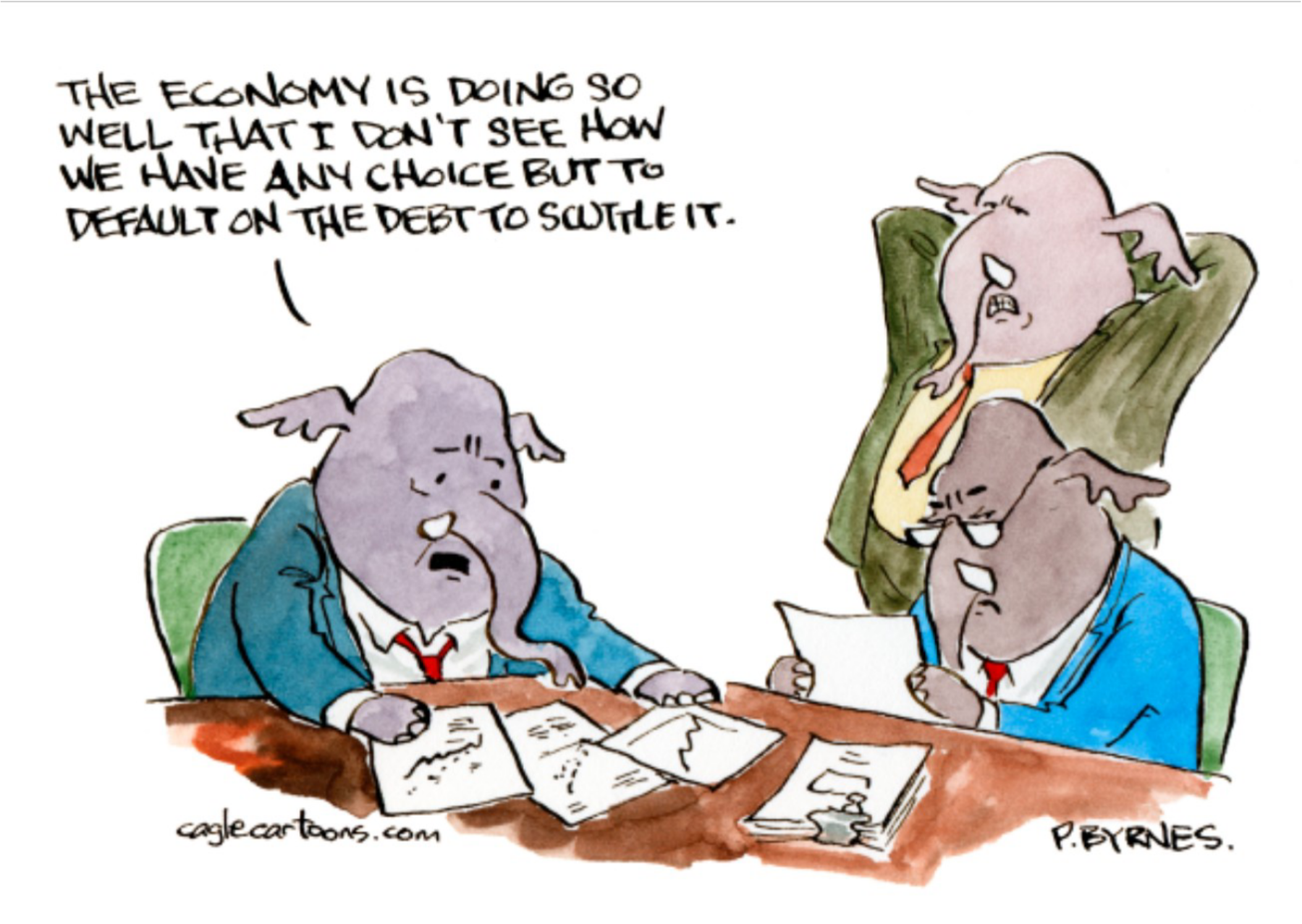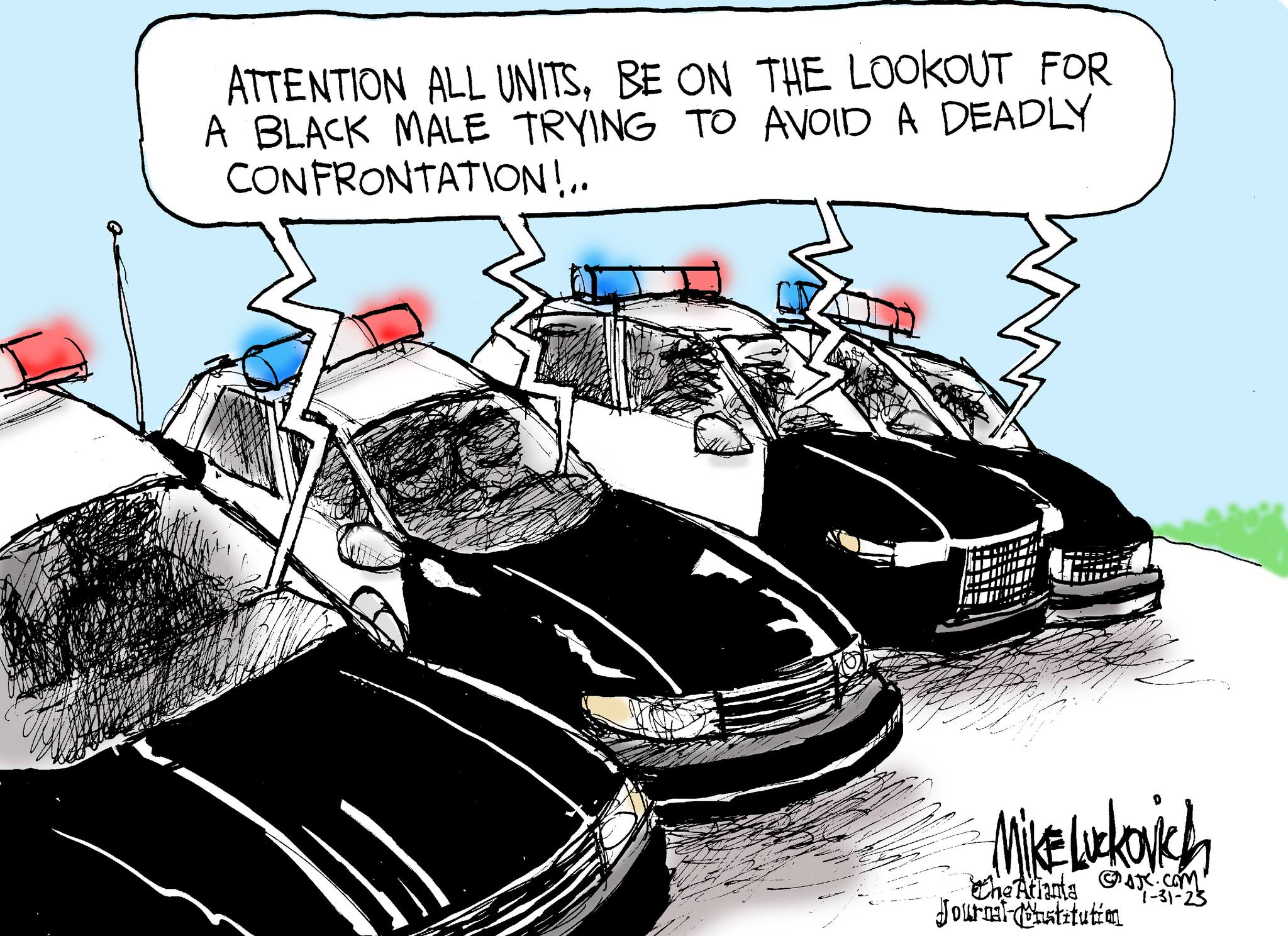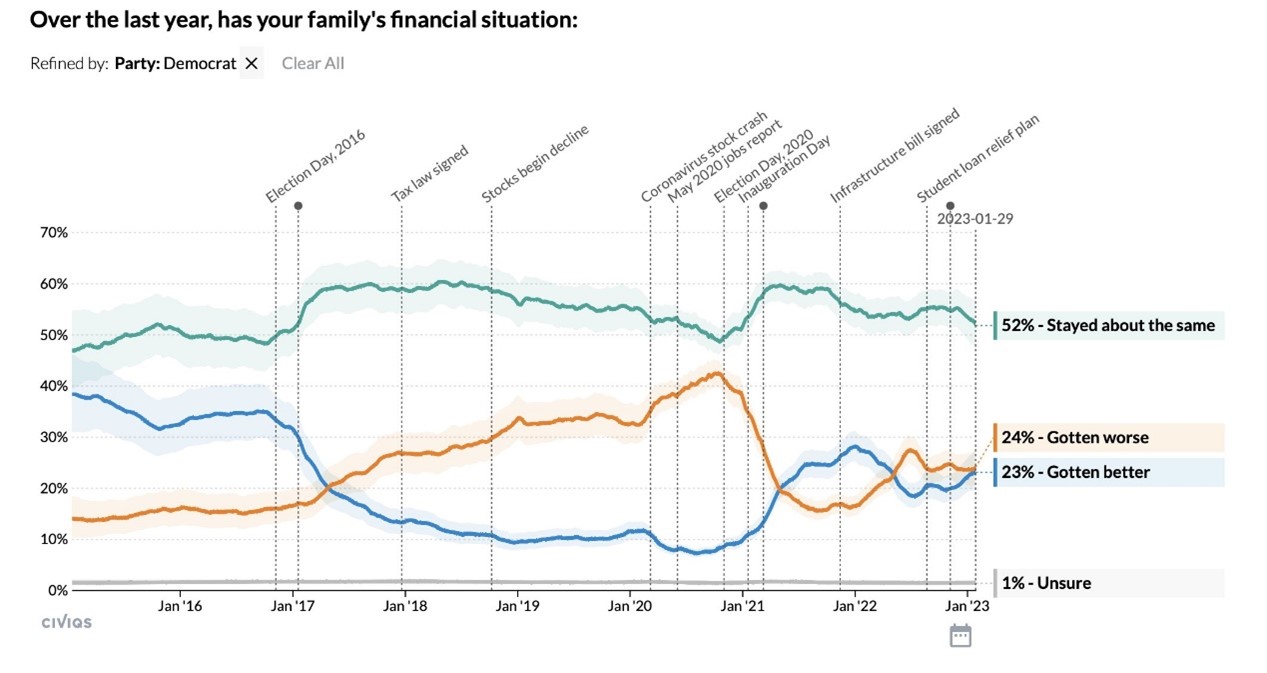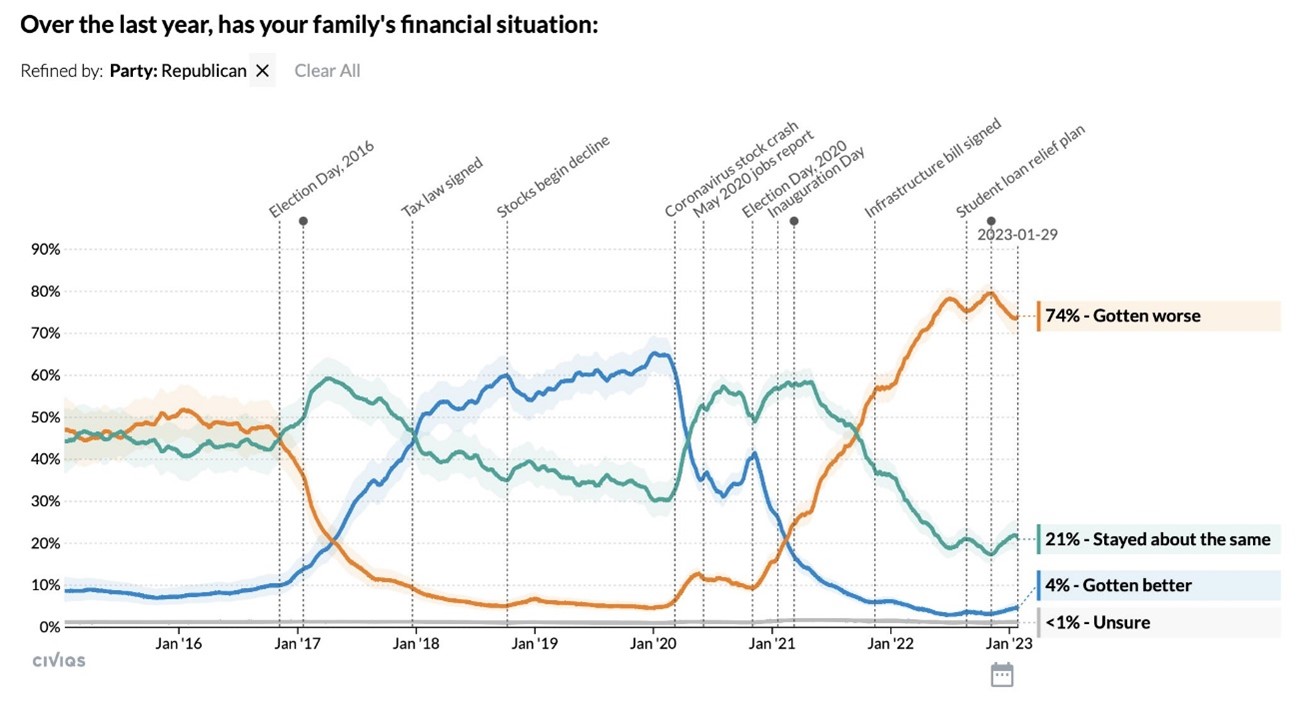The Daily Escape:

Lake Sammamish, Issaquah, WA – February 2023 photo by Everything Washington
Are you following the Republican war on ESG? ESG stands for Environmental, Social, and Governance, key criteria that may impact a company’s market valuation and its business behavior. ESG has become a red line for Conservatives, who argue that companies that follow it are failing to live up to their fiduciary duty to maximize profits for investors.
The jury is still out on whether ESG investing delivers the same, better, or worse returns. But, despite any definitive evidence, Republicans hate ESG investing. From Semafor’s Liz Hoffman:
“Last year, Republican-controlled legislatures began passing laws blacklisting state investment funds from doing business with money managers that pushed what they deemed to be liberal agendas, like boycotting gun manufacturers and mining companies. BlackRock, run by Larry Fink, an outspoken supporter of so-called ESG principles, has taken the brunt of the pressure, with at least 10 states pulling their money from his firm or threatening to.”
For the many Republican state governors, treasurers, and attorneys-general who joined in, it’s turned out that several hadn’t done their financial homework before joining the culture war. Some failed to calculate the financial cost of their ideological stance. Semafor cites a few examples:
- Indiana’s budget office found that a bill forcing state pension funds to divest from “woke” money managers would cost $6.7 billion over the next decade in lower-than-market returns. That also would force retirees to increase their paycheck contributions.
- Executives in one of Kentucky’s retirement funds argued with the state’s treasurer that a recent law requiring them to pull money from BlackRock and 10 other firms seen as hostile to the energy industry would violate their duty to get the highest returns for pensioners.
- A 2021 Texas investment blacklist cost municipalities an additional $303 million to $532 million in bond interest, according to a study by University of Pennsylvania. JPMorgan, Citigroup, and other banks left the state after the law was passed, leaving less competition for bond underwriting. That raised interest rates about 40 basis points.
- North Dakota voted down, 90-3, a Texas-style bill that would have required the state treasurer to prepare a blacklist of financial firms that have committed to reducing carbon emissions, but would have stopped short of banning state investment funds from doing business with them.
Hoffman concludes that:
“Owning the libs turns out to be expensive.”
There are always trade-offs between principles and profits. Whether Republican politicians decide the political value of the fight offsets the lost profits is another question. This will at some point become a question for voters, who are the taxpayers and pensioners effected by these decisions.
In one way the GOP has already won a battle in the culture war on ESG. BlackRock has changed its marketing to tout its investments in fossil fuels. It also deployed new technology that allows investors to cast their own ballots in corporate elections instead of outsourcing their votes to the firm. Black Rock hopes these moves may blunt criticism that they are pushing a progressive agenda.
But the GOP isn’t giving up on fighting ESG. Politico is reporting that Sen. Mike Braun (R-IN) has offered a joint resolution under the little-known Congressional Review Act (CRA) to overturn the Department of Labor’s recent rulemaking on ESG investing. The new rule took effect on January 30.
The rule allows fiduciaries to take ESG factors into consideration when choosing retirement investments. It potentially impacts the retirement savings of 152 million American workers whose accounts are governed by the Employee Retirement Income Security Act, or ERISA. From Braun:
“You cannot direct funds…to ESG. You’ve gotta go for whatever is going to give you the best financial return….That doesn’t mean that someone couldn’t choose to tell their broker to invest in ESG.”
Braun has 60 days to gather a majority in the Senate to overturn the rule. His has all 49 Republican Senators and Democrat Sen. Joe Manchin. If Braun can get 51 votes in the Senate, and given that the House is controlled by Republicans, the new rule would go away.
OTOH, a study by Penn State found that 70% of registered Republicans surveyed opposed government interference in ESG investments, higher than Democrats with the same position (57%). From Forbes:
“This exposes an irony at the heart of the ESG culture war: right-wing critics are seeking to actively interfere in decisions made by investment professionals about how to safeguard their clients’ money. In any other context, they’d be up in arms about the very thing they’re doing here.”
How silly to expect consistency from the GOP. We’ll see if Braun can find another Democrat in the Senate to join the Republican culture war on ESG.








